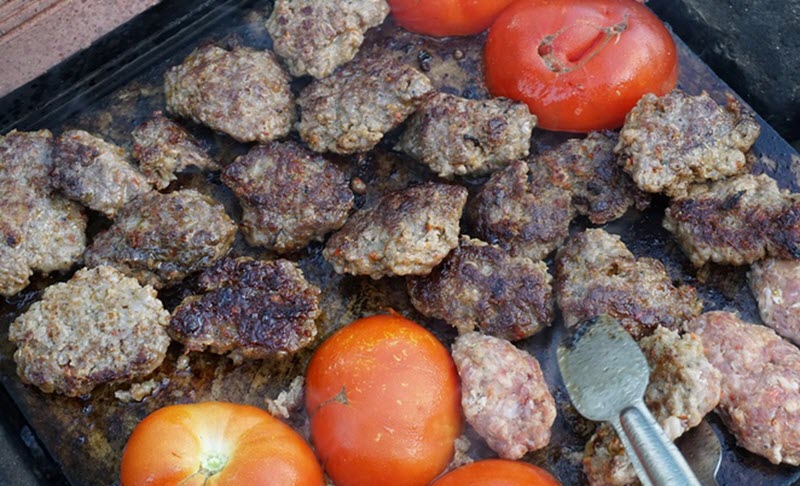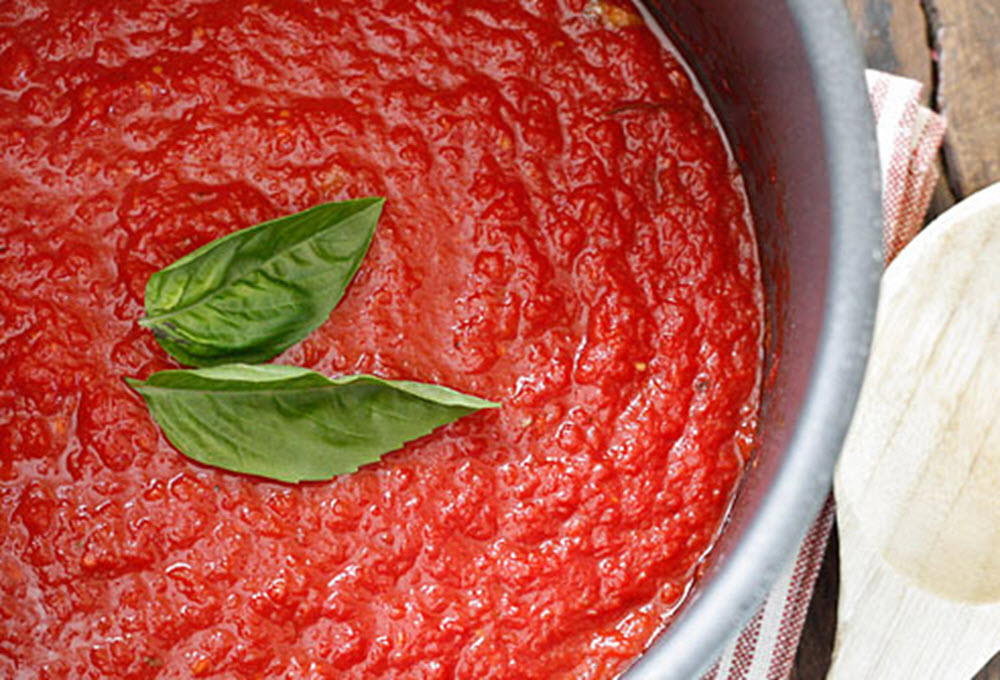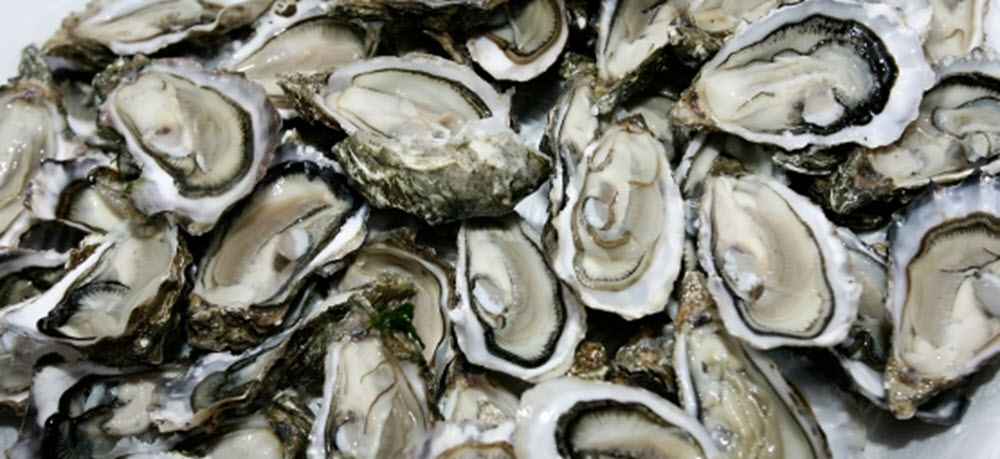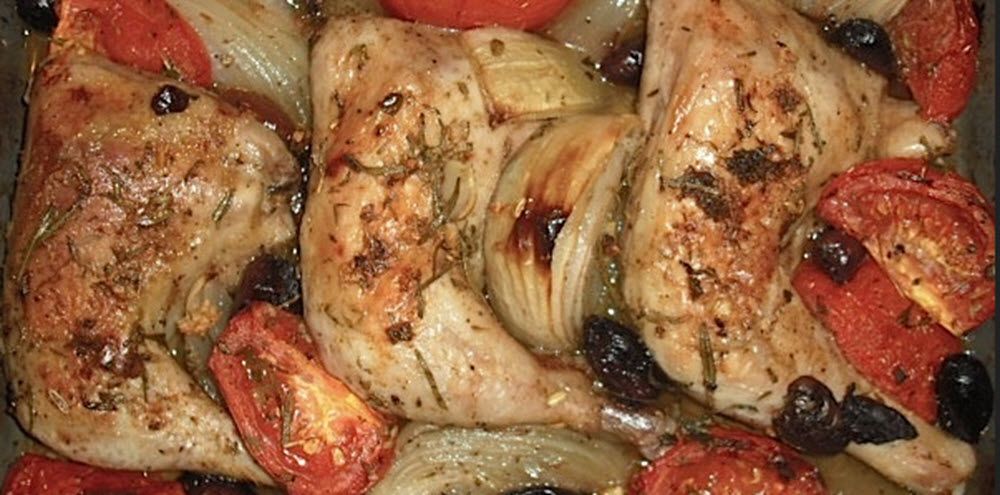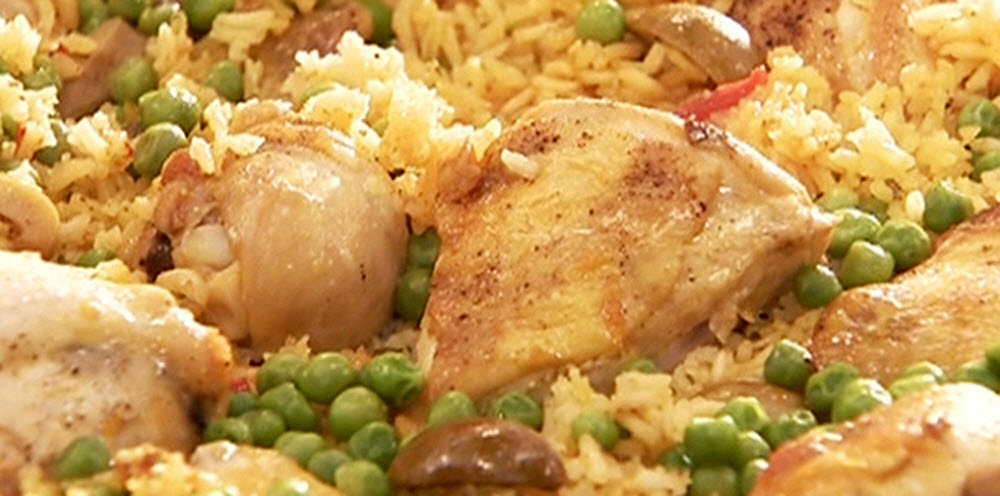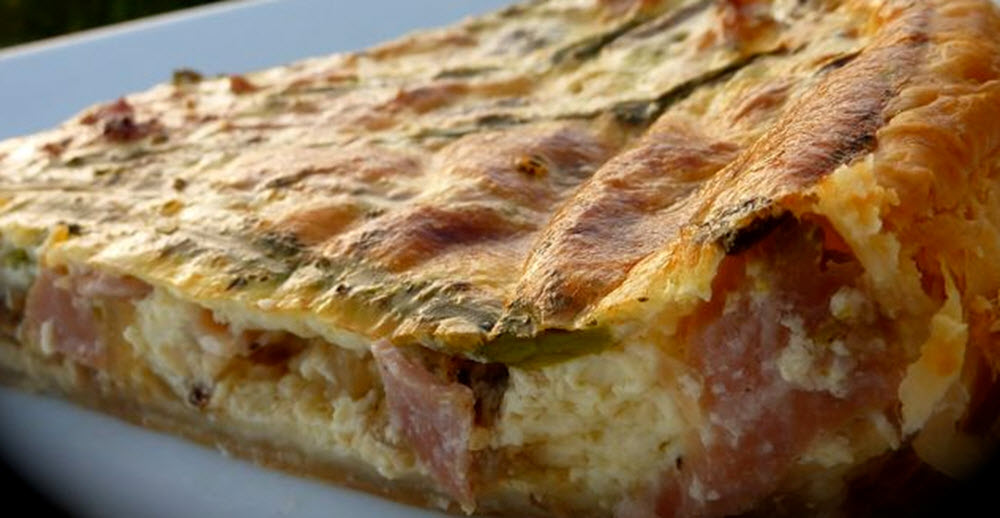Yield: 20 meat balls
Time required: Circa 40 minutes
Ingredients
- 1 quarter of a yellow onion, finely shredded
- 1 egg
- 3 table spoons of heavy cream
- 2 table spoons of rolled oats
- ¼ teaspoon of salt (or to taste)
- ¼ tea spoon of honey
- 1 pinch of ground white pepper (or to taste)
- 1 pinch of ground cinnamon (or to taste)
- 1 pinch of dried marjoram (or to taste / can be omitted)
- 1 pinch of ground allspice (or to taste)
- 200 grams of ground moose meat
- 2 table spoons of water (or as needed)
- ¼ table spoon of potato starch (or as needed)
- Oil for your hands, if needed
- Butter for frying, if needed
Instructions
Important: When mixing the ingredients, avoid over-mixing. If you work the batter too much, it will become too compact. Only use as much mixing as required. Do not use an electric mixer, electric whisk or similar.
- Combine onion, egg, cream, oats and honey in a bowl.
- Add in salt and spices.
- Add in the ground meat.
- Add water and potato starch to achieve a suitably thick and sticky batter for rolling meat balls. You may need to adjust the amounts of water and potato starch a bit to get the consistency right, depending on the other ingredients.
- Putt the mix in the fridge or freezer for a while to let it cool down. It makes it easier to roll the balls.
- Take out the cool mixture. Clean your hands well and, if necessary, apply some neutral cooking oil to them. Roll 20 meat balls of the same size.
- Heat up a skillet to medium temperature and add meat balls. (If necessary or preferred, put in some butter first and melt it before adding the balls.) Do not crowd the skillet; it is better to fry in several batches if necessary to avoid crowding. Fry balls over medium temperature until the balls are cooked all the way through and have a nice brown exterior. Shake them around once in a while during frying to get them browned all over.
Serve warm or cold.
These meatballs freeze well.
About the European moose
The European moose Alces alces belongs to the same genus as the American moose Alces americanus.
Until the early 21st century, they were considered the same species, but the separate geographical populations are now recognized as two distinct species.

Examples of places with large populations of European moose are Finland, Sweden, Norway, Poland, Belarus, Russia, Ukraine, Estonia, Latvia, and Lithuania.
The European moose chiefly inhabits forested areas and tundra in parts of the Palearctic realm. It is found in the lowlands and mountainous regions, but rarely above the 1 500 metre mark. (One notable exception is Altai in Central Asia where moose has been observed up to 2 500 metres.) As long as there is a forest nearby for them to retreat into, moose are fond of venturing into open cultivated landscapes such as meadows and orchards, and sometimes even into suburban gardens.

